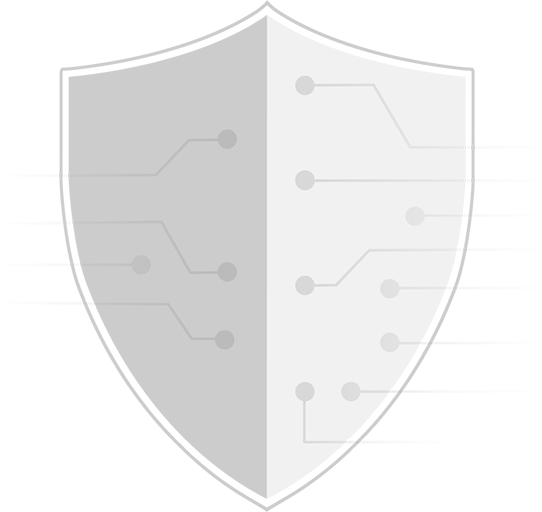Mobile App Shielding | Protect Against Reverse Engineering & Tampering
What is Mobile App Shielding?
Because mobile devices are now used to access sensitive corporate data, apps, and services, these devices can expose your back-end systems to cyberattacks. Attackers exploit vulnerabilities in both Android and iOS mobile devices and apps to spy on users, steal private data and credentials, infiltrate corporate networks, and more.
In response, app developers need mobile app shielding, also known as “app hardening,” to protect user devices and corporate data. Through app hardening, teams employ anti-debugging, obfuscation, and binary packing of an app’s source code to make it less susceptible to reverse engineering.
App shielding can also include anti-tampering capabilities. For example, tools can detect if debuggers or emulators are present, which can be used by attackers to reverse engineer applications.

How Application Shielding Keeps your Code Secure
Anti-Reverse Engineering
Advanced Obfuscation
Anti-Debugging
Binary Packing
Diversification

Anti-Tampering
Integrity Checking
Anti-Method Swizzling
Function Caller Verification
Jailbreak / Rooting Detection
Shared Library Cross-Checking
Mach-O Binary Signature Verification
Google Play Licensing Protection
Customizable Defense Actions
Why Zimperium for Mobile App Shielding?
Zimperium zShield hardens and protects the application source code, intellectual property, and data. Its advanced multi-layered obfuscation and anti-tampering functionality limits attacks such as reverse engineering, piracy, removing ads, extracting assets, and repackaging with malware.
